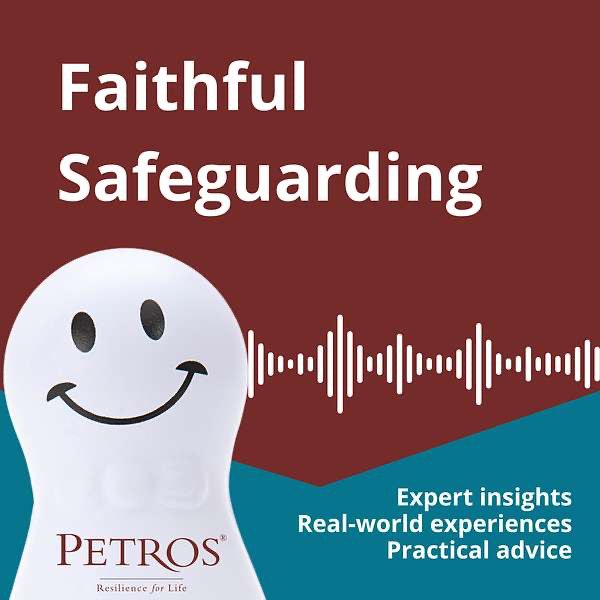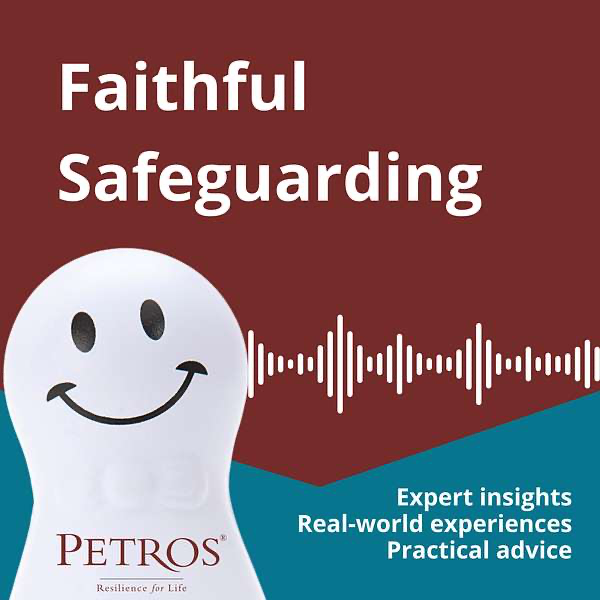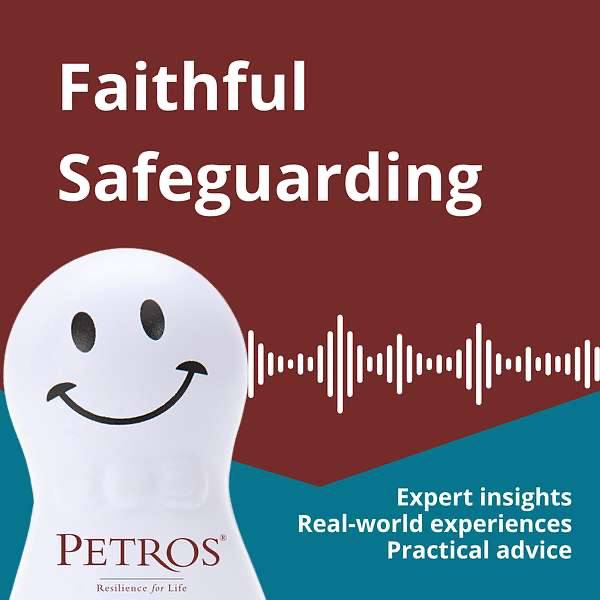Why Transitional Safeguarding is Crucial in Further Education
Traditional safeguarding frameworks are often split into two distinct categories: children's safeguarding (under 18) and adult safeguarding (18+). This binary approach fails to reflect the reality of young people’s lives. Students in FE, especially those aged 16–25 may experience ongoing or emerging risks such as exploitation, homelessness, mental health crises, or coercive relationships. When they turn 18, young people can face reduced support or even complete withdrawal of support, despite continued vulnerability.
FE institutions educate a diverse population, including care leavers, young carers, students with SEND, those involved in the youth justice system, and others facing complex social and psychological challenges. These learners often require sustained, consistent safeguarding support that bridges adolescence and early adulthood, rather than one that terminates at an arbitrary age.
Without a Transitional Safeguarding approach, FE settings risk missing opportunities for early intervention. Young adults in these institutions are often navigating newfound independence while still processing trauma or developmental needs. Ensuring that safeguarding measures are responsive to this reality could prevent longer-term harm and help embed a culture of resilience and self-advocacy.
So, What is Stopping Effective Transitional Safeguarding?
Children’s and adults’ services are commissioned and delivered separately, often with different thresholds, priorities, and professional cultures. This makes collaboration often difficult, and FE providers are frequently left to coordinate complex cases without adequate support.
Current safeguarding policy frameworks, such as Keeping Children Safe in Education, do not provide enough clarity or emphasis on the needs of young adults in FE. This results in inconsistent practice and confusion over responsibilities.
Many safeguarding leads and pastoral staff in FE are not adequately trained to address adult safeguarding concerns, particularly where risks are non-criminal but still deeply harmful (e.g., digital exploitation or trauma-related behaviour).







